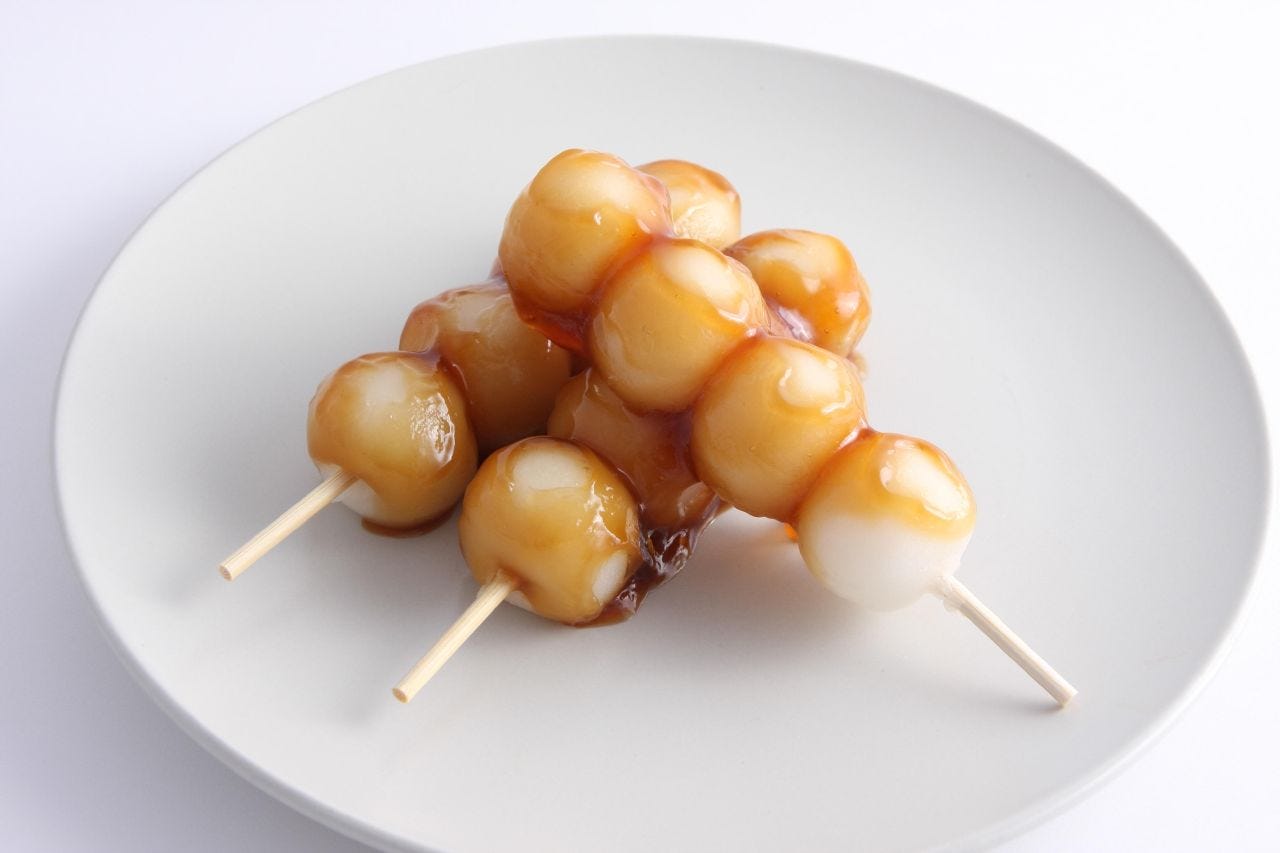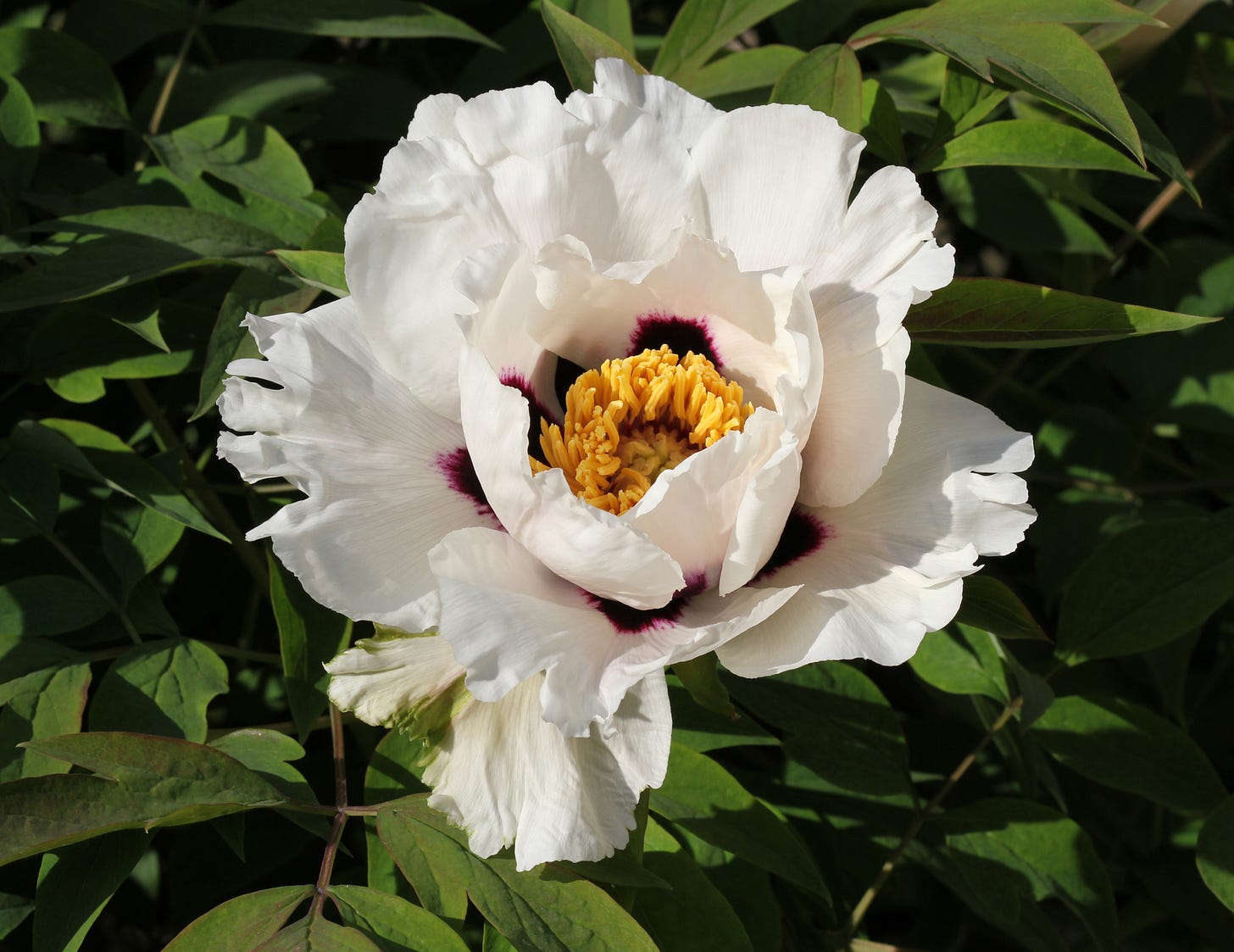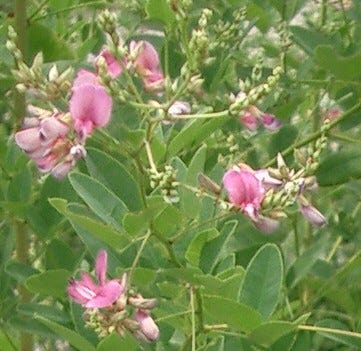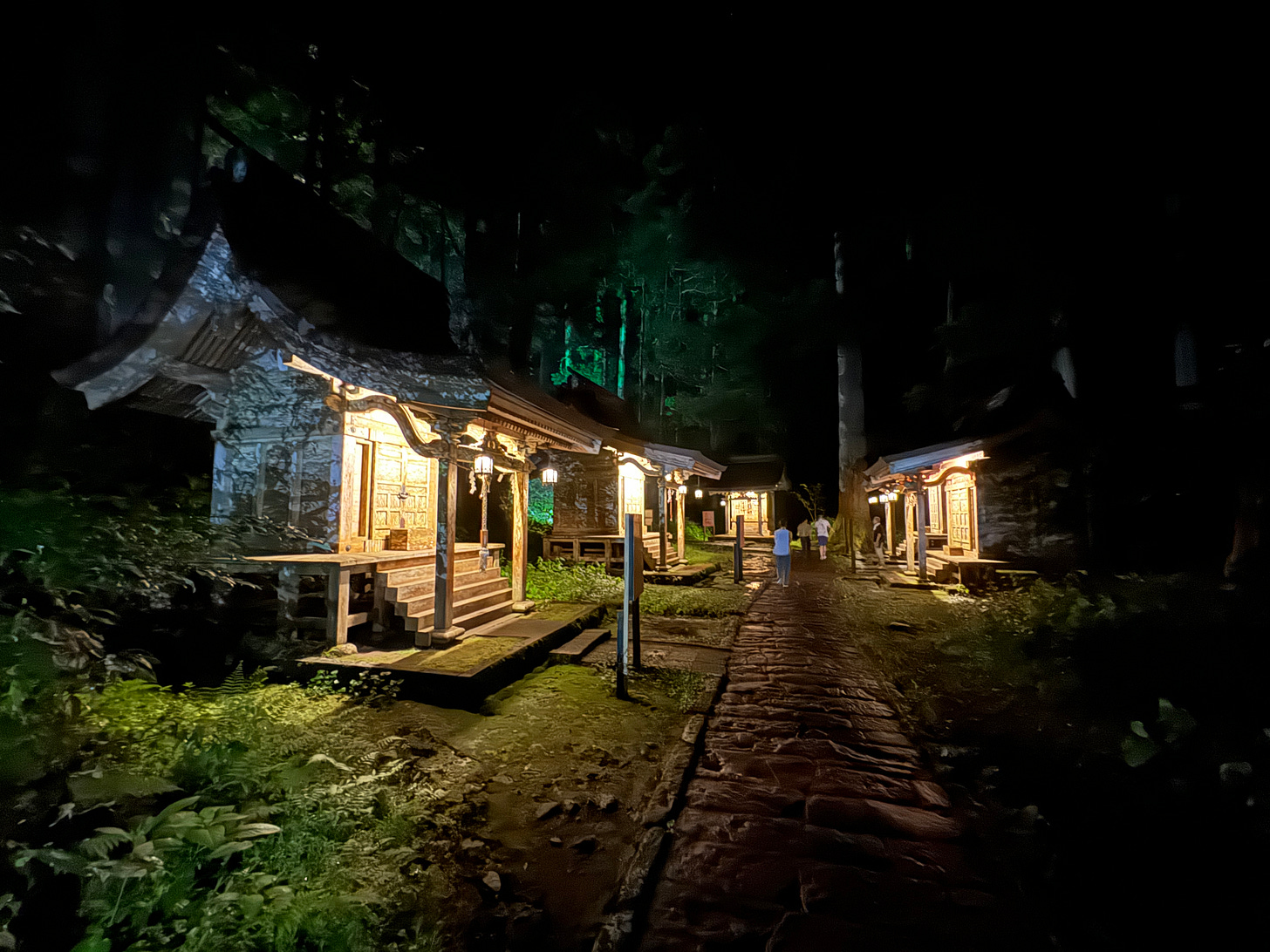Why we eat what we eat at Obon
Prove you are smarter than a Japanese person.
Kia ora Koutou, Tim Bunting, Kiwi Yamabushi here on the Japan you never knew you wanted to know.
NEW VIDEO: Wait, these guys are related? To a SHOGUN?
I found out the relationship between Kurosawa Akira and Shinzo Abe. And of course it involved a mountain of Yamagata.
And this week’s article:
Want to prove you are smarter than a Japanese person?
Take a look at these two foods. Know the difference?
Hint: There is none.
Well, there is.
But the average Japanese person couldn’t tell you what it was.
What’s in a name?
On Thursday my wife gave me some Ohagi (that’s the top one) and said ‘It’s Obon. At Obon, we eat Ohagi’.
At Obon we eat Ohagi? A ball of mochi rice wrapped in a thick layer of red bean paste? What about the cucumber horses and eggplant cows?
‘They aren’t for eating. Only for decorating.’
Only for decorating. I see. But these Ohagi we can eat?
‘Yes. Because it’s Obon.’
Because it’s Obon. I see!
But why? And is there anything else we eat at Obon?
Turns out there is!
As a big fan of all things red-bean paste I gladly accepted the offer to eat the traditional Obon food.
As a big fan of all things Japan, I also gladly looked into to why we eat it in the first place.
Plus, it turns out my wife was wrong.
Sure, we eat Ohagi at Obon, but we’re supposed to eat it on the 14th of August, not the 15th.
She was one day off
I mean if you’re going to eat food specifically because it’s Obon, you’ve got to do it right,
Right?
Remember how I told you about Obon being from the 13th of August to the 16th (or also July)?
About how on the 13th we light the Mukaebi fires that welcome the souls of the ancestors into their family homes? Then on the 16th we light the Okuribi fires to guide them back to their home in the mountains?
Well, the souls of the ancestors being home is the perfect time to commemorate them.
And how do we do that?
(Well, I mean, besides actively visiting their graves and physically praying to them in front of the Buddhist altar)

By eating Ohagi, of course! Oh, and also dango rice dumplings with sweet sauce, and some noodles to top it all off.
On the 13th and 16th we are supposed to eat the dango known as Mukae dango and Okuri dango respectively (see what they did there?). Only, since the Okuri dango is given as a parting gift it isn’t adorned with sweet sauce or red bean paste.
The 14th is when we are supposed to eat the aforementioned Ohagi. With plenty of red bean paste thank you.
Lastly, on the 15th we eat somen noodles. Somen noodles used to be really hard to get your hands on, a sort of special Obon treat. Since noodles are long, they symbolise happiness lasting for a long time.
And why Ohagi?
There were two reasons I could find:
1) Red bean paste is red. Red represents warding off evil, which helps us as we guide the souls of the ancestors home.
2) Mochi rice is representative of grains, and we pray to the souls of the ancestors for a good harvest.
Interestingly, this is one of the things we Yamabushi often pray for too: gokoku hojo 五穀豊穣 in Japanese; literally ‘abundance of the five grains’ (which are: rice, wheat, foxtail millet, legumes, and millet. Yes I had to look that up).
So, on the 14th, we first make an offering of Ohagi to the Buddhist altars in the family homes to commemorate the souls of the ancestors,
and then we eat it.
Since Ohagi is a perishable item, we can’t let it sit out for very long. Doing so wouldn’t make for a nice impression with the Buddha we are sharing it with.
But what about the Botamochi?
Oh yeah, if you want to impress a Japanese person with your knowledge of Japan, ask them the difference between Botamochi and Ohagi.
See what they say!

Botamochi and Ohagi are the exact same food after all. The only difference is when we eat it.
The hint lies in where the names come from:
The name Botamochi comes from Botan, the tree peony. The name Ohagi comes from the flower of Hagi, the Japanese clover.
The tree peony blooms in spring. The flower of the Japanese clover blooms in autumn.
Cool. Then what?

Botamochi is what you call it when you eat it in spring, or at the spring time of Higan, three days before and after the spring equinox.
Ohagi is what you call it when you eat it in autumn, or at the autumn time of Higan, three days before and after the autumn equinox.
Since Obon is closer to autumn, what we eat at this time of year is Ohagi!
Easy-peasy Japanese-y!
Resources:
https://yurai.work/archives/138
https://nadesico-magazine.jp/obon-ohagi/
Daily Yamabushi for This Week
Daily Yamabushi posts for the week of August 9 to 15, 2024.
Read Daily Yamabushi for free at timbunting.com/blog or Medium.com.
Mountains of Wisdom: Tell Your Friends!

Get more content on the Japan you never knew you wanted to know on my blog, YouTube, Instagram, Facebook, Twitter, LinkedIn, Threads, or Medium.com.
And if you like what I do, please don’t forget to:
Or if you haven’t already:
Ka kite ano.
Tim.




A lot of rules about when to eat what! It certainly looks good, though.
I learned something new! I thought it was all o-hagi!